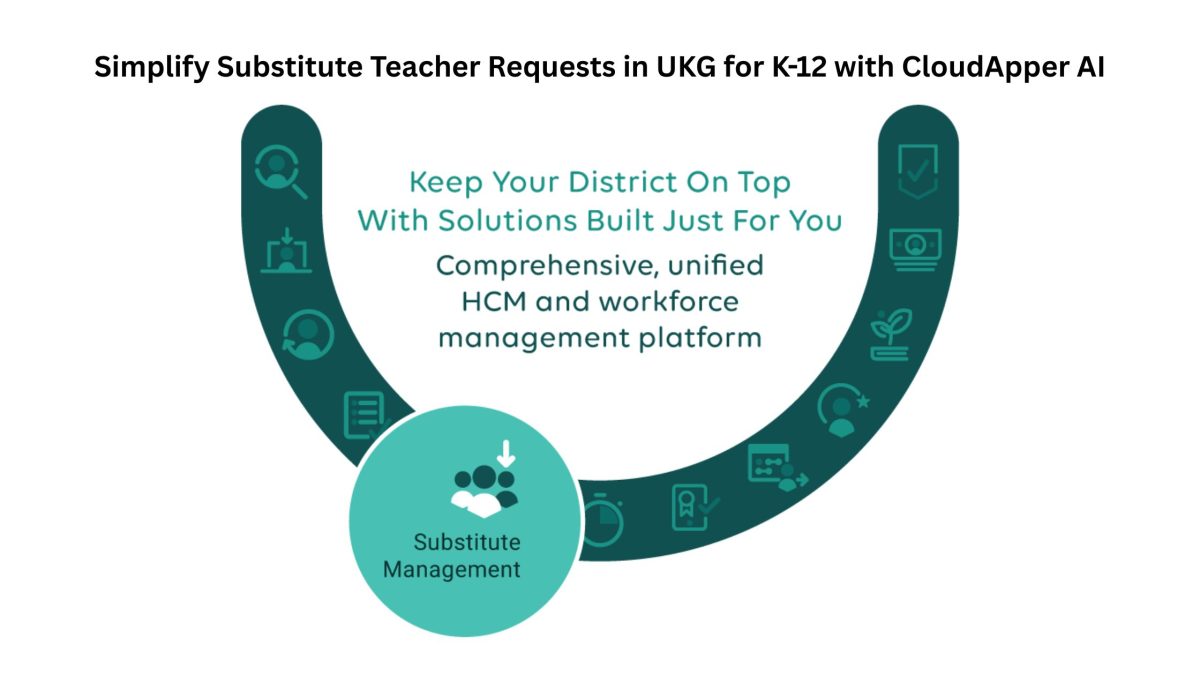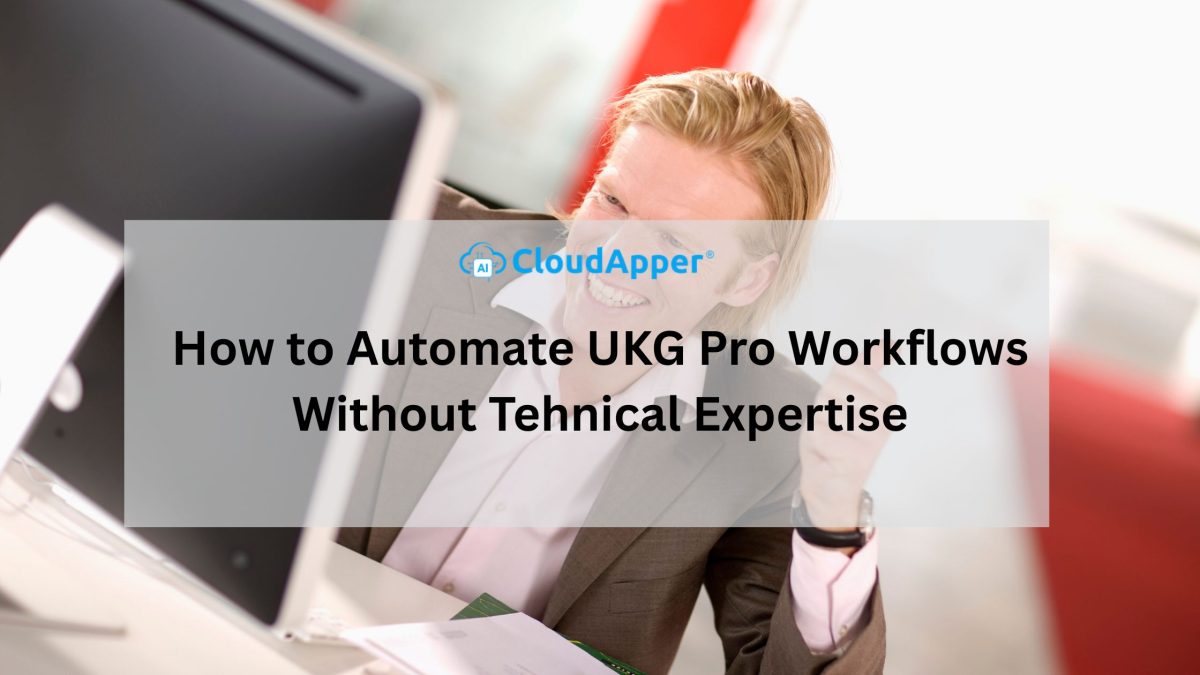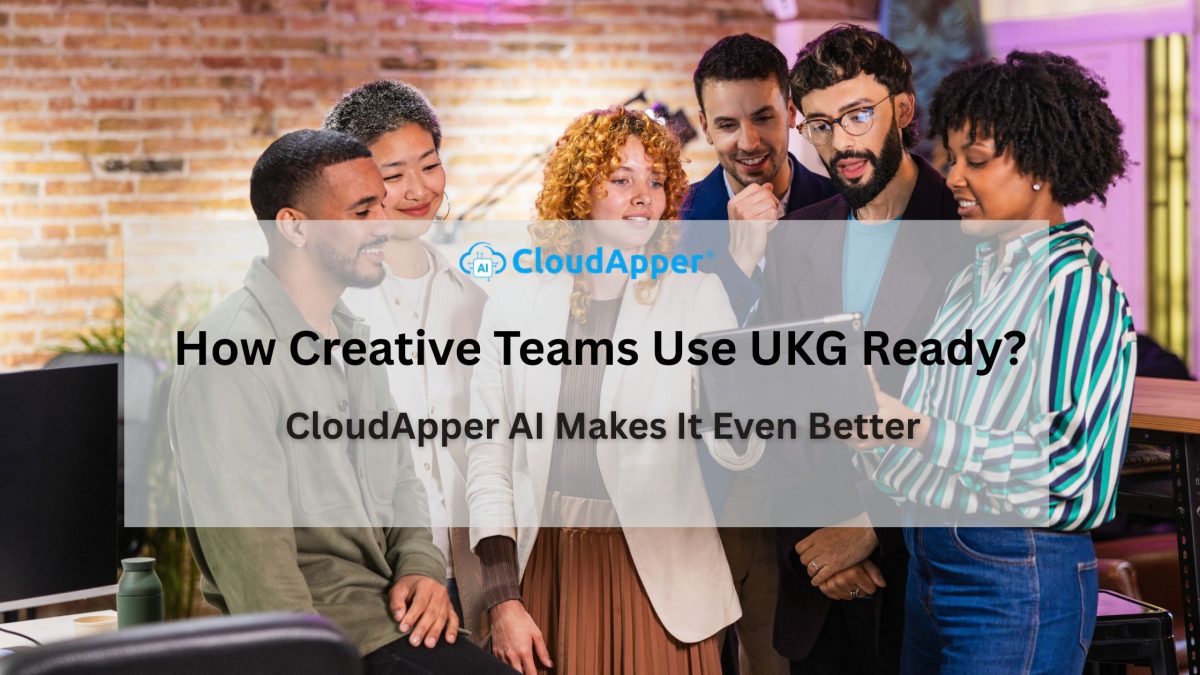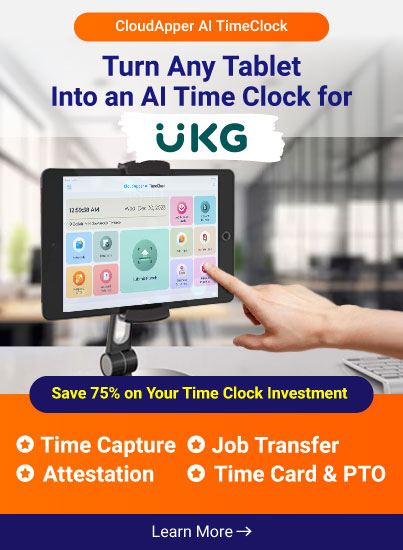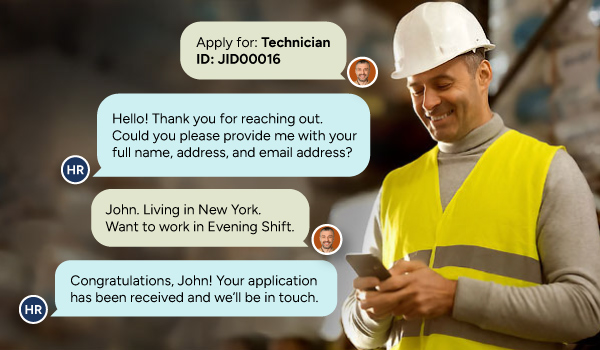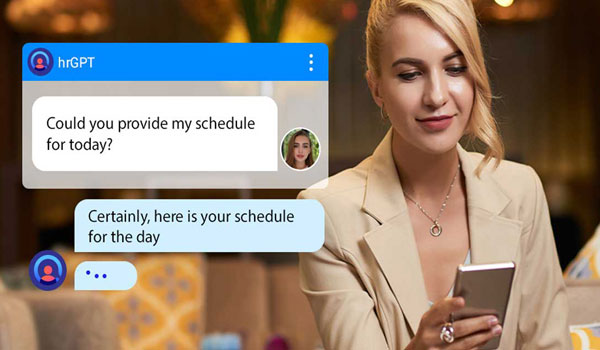See how HR professionals are approaching multi-state compliance by extending UKG with CloudApper to simplify enforcement at scale.
Table of Contents
Scaling a workforce across multiple states introduces layers of complexity, especially when it comes to labor law compliance. Every state has its own rules, and HR leaders know that failing to follow even one small regulation can lead to penalties or employee issues. So how are modern teams managing multi-state compliance without overloading their staff?
To find out, we asked several HR professionals how they’re navigating these challenges and what’s working for them. Across the board, the answer was clear: automation, customization, and visibility are key.
Compliance Is No Longer Just About Knowing the Law
Understanding labor laws is just the first step. Enforcing them at scale is the real challenge. With operations in multiple regions, HR teams can’t rely on static policy documents or generic checklists. Instead, they need tools that enforce compliance through automated workflows built into daily routines.
Samira D., an HR Compliance Manager, explained, “We used to have binders of state-specific rules. Now, we’ve moved to a system where those rules are part of the shift flow. If you miss a step, the system flags it immediately.”
Here’s How Leaders Are Managing Multi-State Compliance Today
-
Rule-Based Automation: Organizations are setting up workflows that adapt based on employee location, so the right labor law requirements are triggered automatically.
-
Employee Attestations: Using tablets or mobile devices, employees complete break confirmations and safety forms without needing HR to supervise the process.
-
Supervisor Alerts: If something’s missing—like a skipped attestation or unverified shift—managers are notified instantly so issues can be resolved in real time.
-
Centralized Dashboards: Compliance data is monitored across locations, helping teams stay ahead of risk and spot patterns before they escalate.
Customization Is a Must
What many HR leaders emphasized was that standard HCM configurations aren’t enough to meet the demands of multi-state compliance. Every state operates under its own rules, and relying on manual adjustments introduces risk.
Instead, they’re extending their UKG platforms with tools like CloudApper—building in logic that adapts to local requirements without reinventing their core systems.
In the second half of the compliance workflow, CloudApper’s no-code platform allows teams to keep pace with changes, update labor rule logic, and adjust processes without external developers or delays.
Final Thoughts
Multi-state compliance isn’t about more paperwork—it’s about smarter processes. HR leaders are finding success by embedding enforcement into everyday systems and giving employees the tools to stay compliant on the job.
Consult our experts today to see how your team can streamline compliance workflows and scale with confidence.





